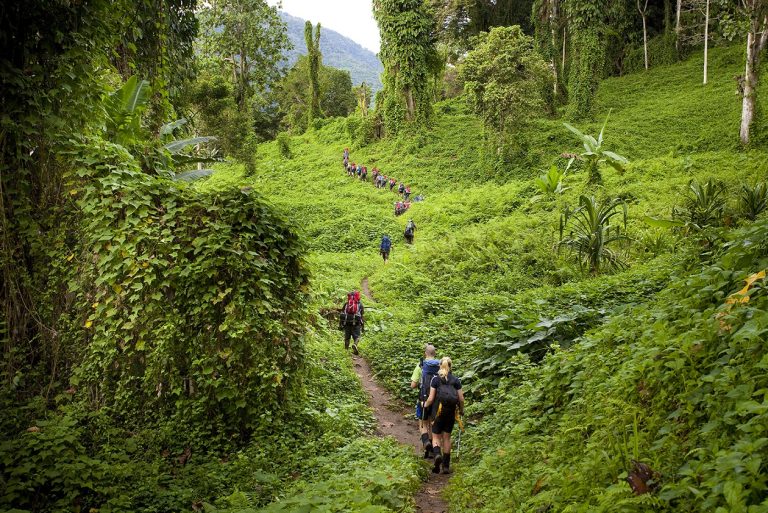Imagine a world where homes, markets, and even schools float on water—where life revolves around rivers, lakes, and canals. From ancient stilt houses to modern floating cities, these unique water-based communities offer a glimpse into a different way of life.
Here’s your ultimate guide to the most fascinating floating villages and water towns around the world, including how to visit, costs, history, and travel tips.
1. Kampong Phluk, Cambodia (Floating Forest Village)
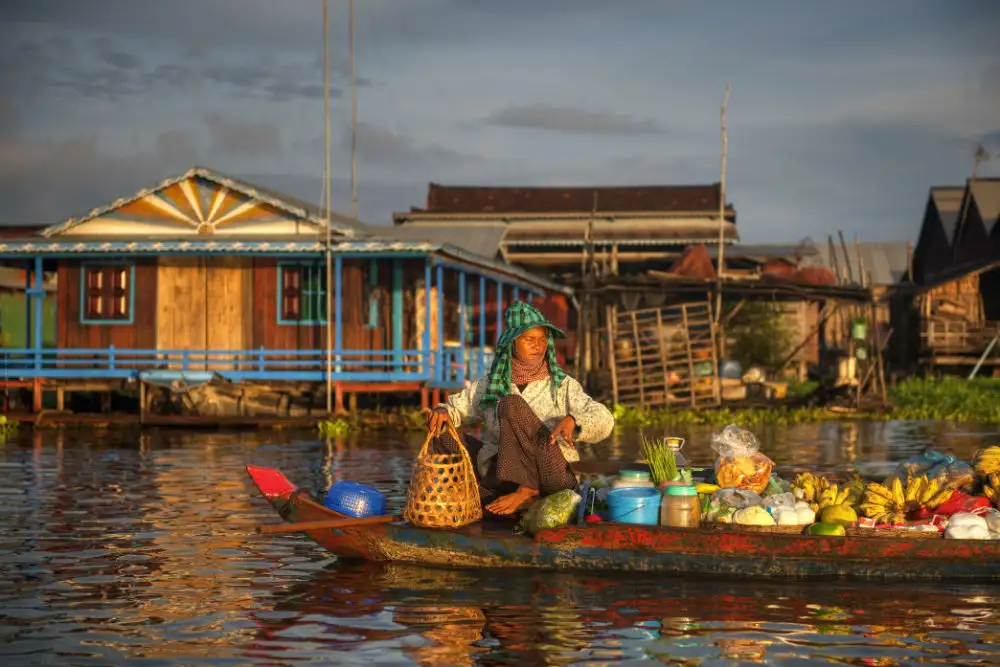
📍 Location: Near Siem Reap (Tonlé Sap Lake)
📅 Best Time to Visit: July–February (high water season)
🚤 How to Get There: Boat tour from Siem Reap (~1.5-hour drive + boat ride)
💰 Cost: ~$20–$40 (group tours)
🏡 Why Visit?
- Houses on 10-meter stilts during wet season.
- Surrounded by flooded mangrove forests.
- Authentic floating markets & schools.
⚠️ Travel Tip: Visit at sunset for stunning reflections.
2. Giethoorn, Netherlands (The “Venice of the North”)
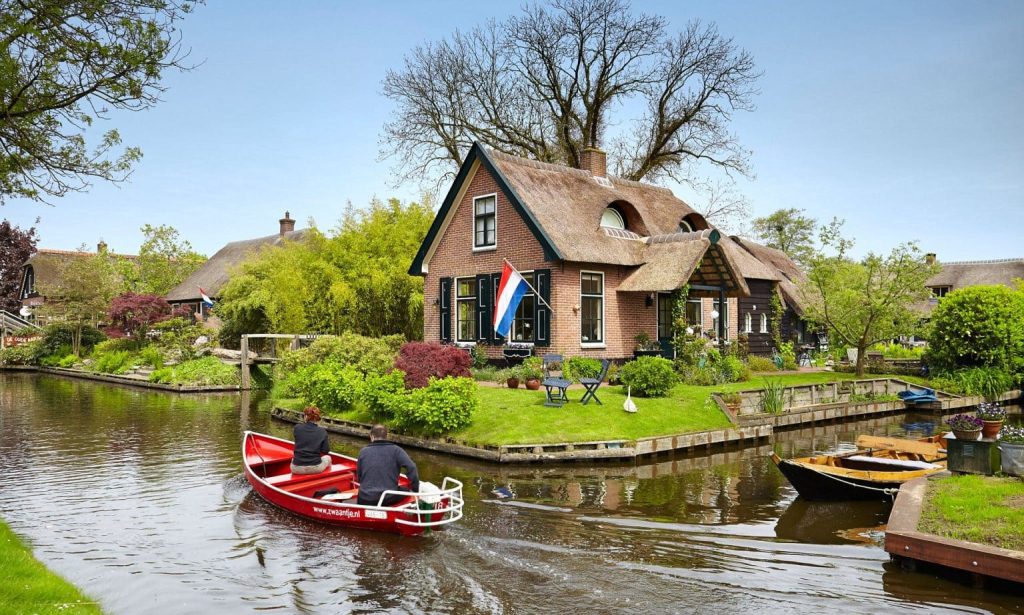
📍 Location: Overijssel, Netherlands
📅 Best Time to Visit: April–October (boat rentals available)
🚤 How to Get There: Train from Amsterdam to Steenwijk + bus/taxi
💰 Cost: Boat rental ~€15–€30/hour
🏡 Why Visit?
- No roads—only canals & footbridges.
- Thatched-roof cottages & whisper boats (silent electric boats).
- Fairytale-like scenery with water lilies & wooden arches.
⚠️ Travel Tip: Rent a “whisper boat” for a peaceful ride.
3. Uros Islands, Peru (Floating Reed Islands of Lake Titicaca)
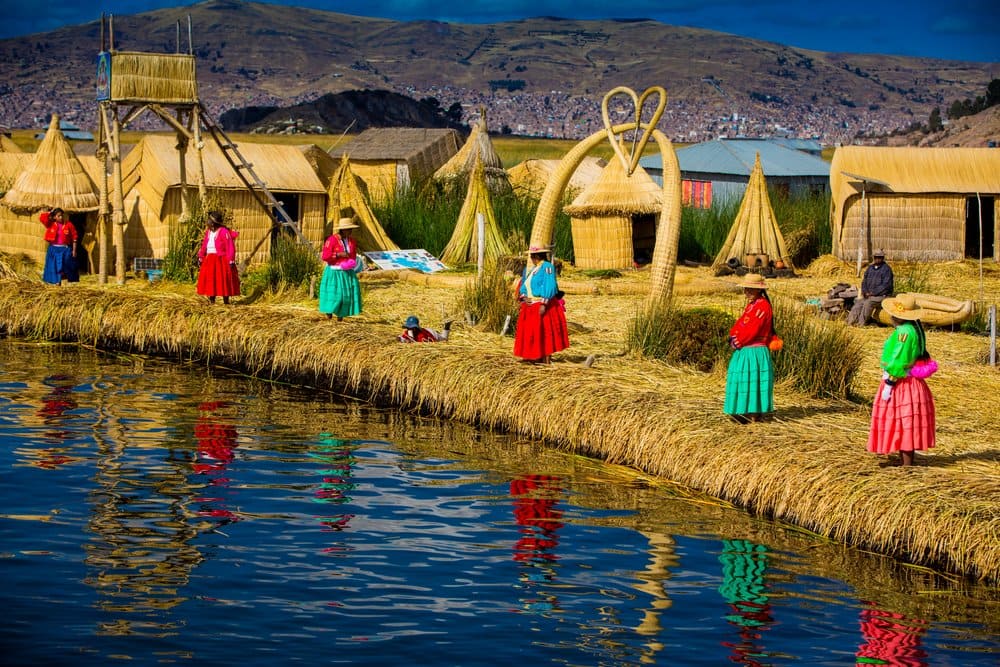
📍 Location: Puno, Peru (Lake Titicaca)
📅 Best Time to Visit: May–October (dry season)
🚤 How to Get There: Boat tour from Puno (~30 mins)
💰 Cost: ~$10–$25 (day tours)
🏡 Why Visit?
- Man-made islands from totora reeds.
- Indigenous Uros people still live traditionally.
- Can stay overnight in a floating homestay.
⚠️ Travel Tip: Bring small gifts (fruit, school supplies) for locals.
4. Zhouzhuang, China (Ancient Canal Town)

📍 Location: Near Shanghai, China
📅 Best Time to Visit: March–May (spring blossoms)
🚤 How to Get There: Bus/taxi from Shanghai (~1.5 hours)
💰 Cost: Entry ~¥100 ($15), boat ride ~¥150 ($20)
🏡 Why Visit?
- 1,000-year-old water town with Ming-era bridges.
- Traditional tunnel houses along canals.
- Nighttime lantern-lit boat rides.
⚠️ Travel Tip: Avoid weekends—crowded with tourists.
5. Ha Long Bay Floating Villages, Vietnam
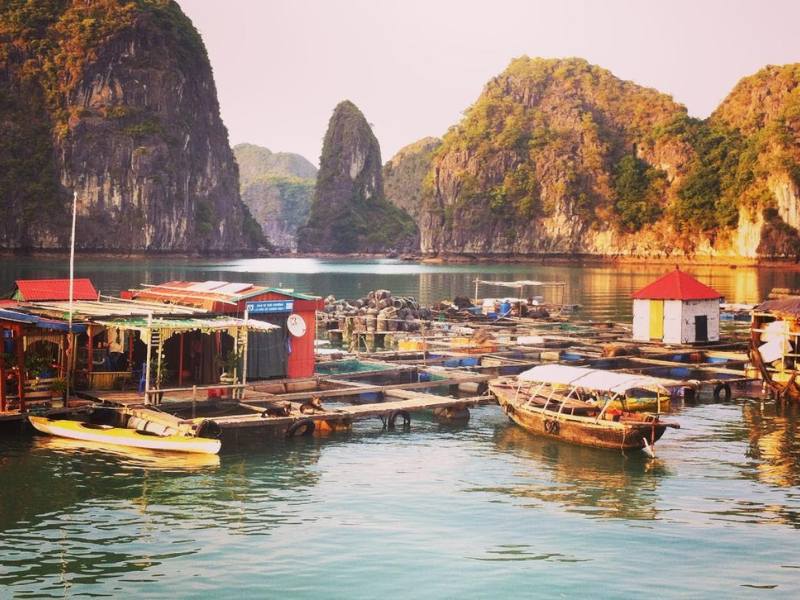
📍 Location: Ha Long Bay, Vietnam
📅 Best Time to Visit: September–November (cool & dry)
🚤 How to Get There: Cruise from Hanoi (~4 hours)
💰 Cost: ~$50–$150 (overnight cruises)
🏡 Why Visit?
- Fishing villages with floating houses.
- Kayak through hidden lagoons & limestone caves.
- Fresh seafood markets on the water.
⚠️ Travel Tip: Book an eco-cruise to support sustainable tourism.
6. Ganvié, Benin (Africa’s Largest Floating Village)
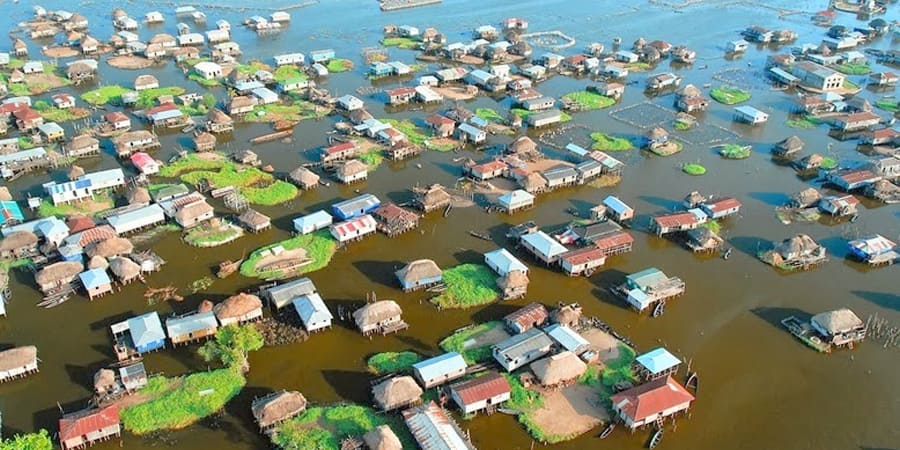
📍 Location: Lake Nokoué, Benin
📅 Best Time to Visit: November–March (dry season)
🚤 How to Get There: Boat from Cotonou (~1 hour)
💰 Cost: ~$20–$40 (guided boat tours)
🏡 Why Visit?
- 30,000 people live on stilts & boats.
- Founded in the 1700s to escape slave traders.
- Vibrant floating markets & schools.
⚠️ Travel Tip: Hire a local guide to explain the history.
7. Inle Lake, Myanmar (Stilt Houses & Leg-Rowing Fishermen)
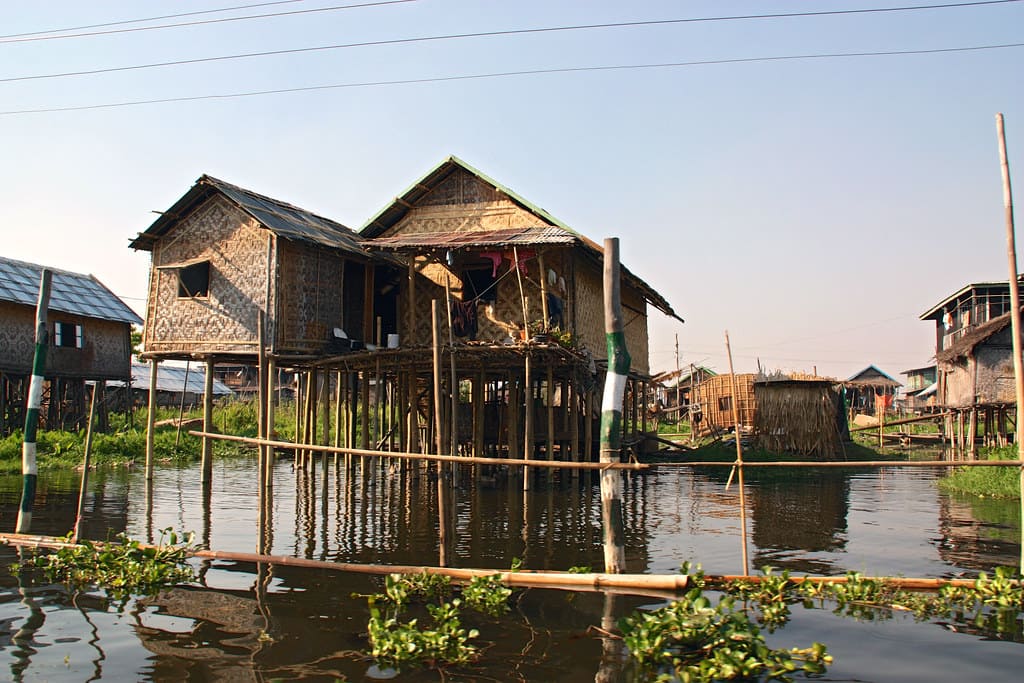
📍 Location: Shan State, Myanmar
📅 Best Time to Visit: October–March (cool season)
🚤 How to Get There: Flight to Heho + taxi to Nyaung Shwe
💰 Cost: Boat tour ~$15–$30/day
🏡 Why Visit?
- Famous for one-legged rowing fishermen.
- Floating gardens & pagodas.
- Handicraft workshops (silver, weaving).
⚠️ Travel Tip: Visit the Phaung Daw Oo Pagoda festival (October).
⚠️ Risks & Challenges
✔ Motion Sickness: Some boats are small & wobbly.
✔ Over-Tourism: Some villages (like Zhouzhuang) get crowded.
✔ Weather Dependent: Storms can cancel boat trips.
💡 How to Visit Responsibly
✅ Support local guides & homestays.
✅ Avoid plastic pollution (many villages struggle with waste).
✅ Ask before taking photos of residents.
📜 History of Floating Villages
- Many were built for protection (e.g., Ganvié to avoid slavery).
- Others exist because of flood-prone land (Tonlé Sap, Ha Long Bay).
- Some, like Uros Islands, have existed for centuries using ancient techniques.
Final Thoughts: Are They Worth Visiting?
Absolutely! These floating communities offer a unique cultural experience unlike anything on land. Just pick the right season, respect local customs, and enjoy the tranquil beauty of life on water.




